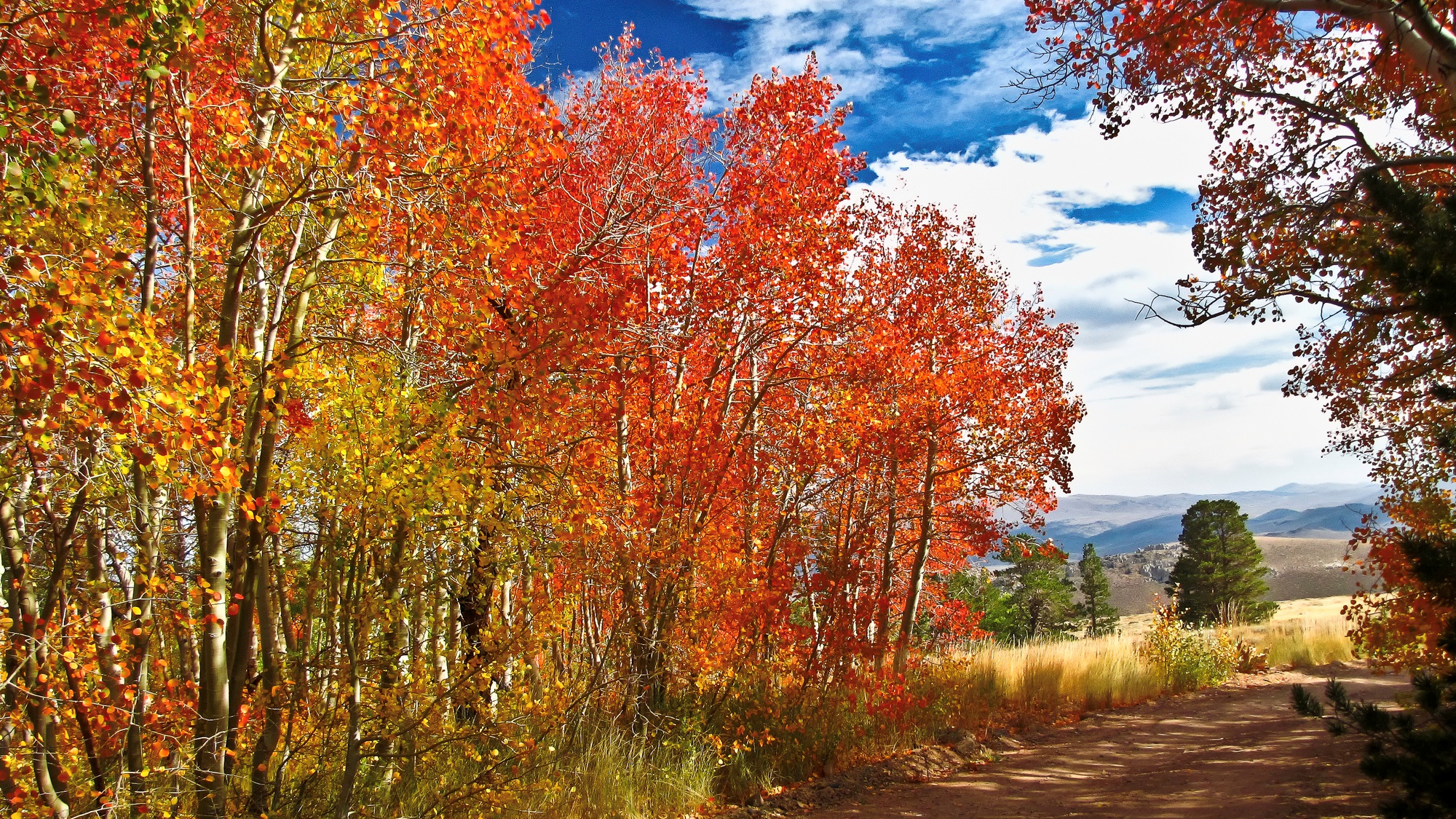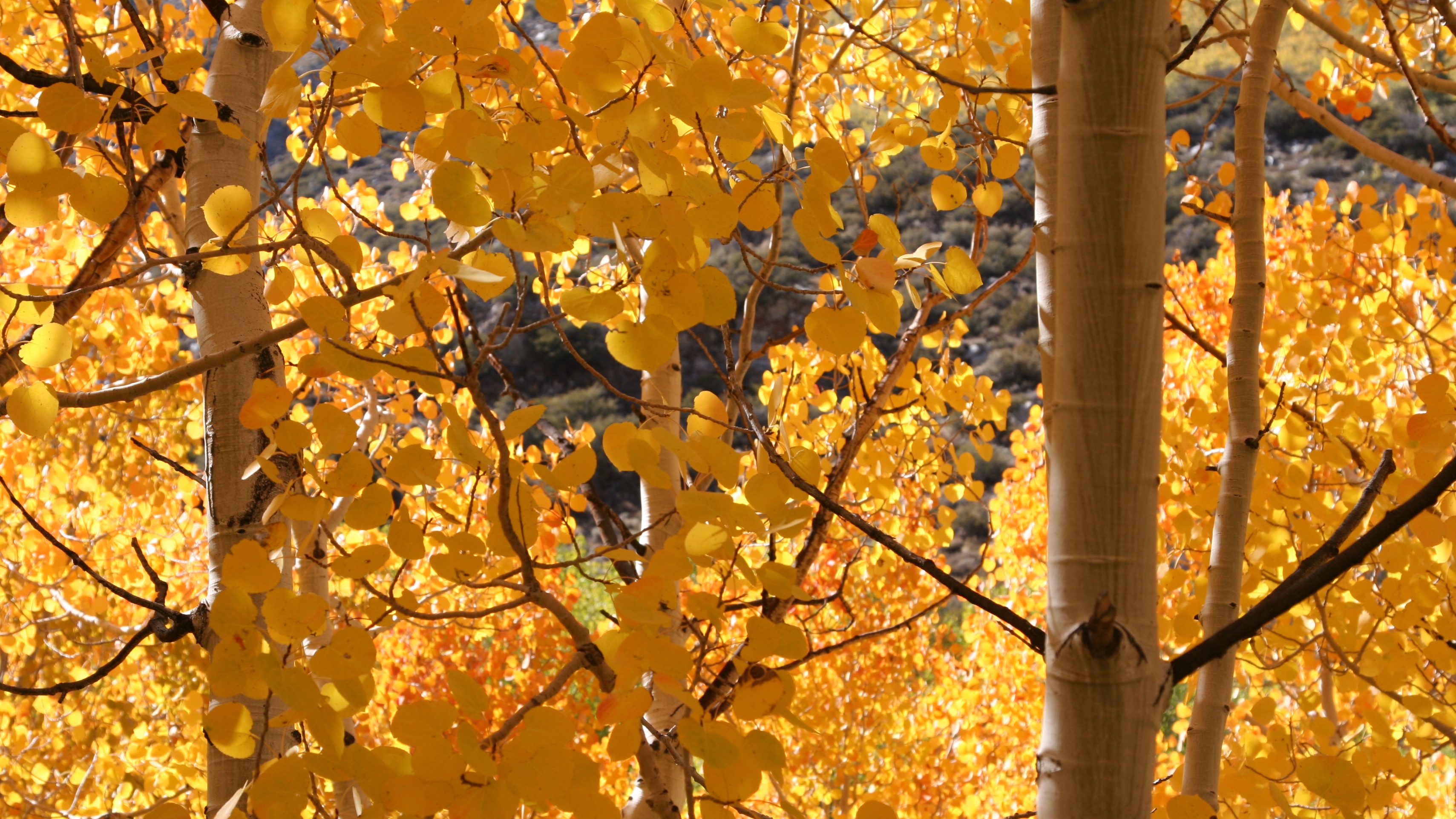What to Know
- Leaves have color because of chemicals called pigments.
- Through spring and summer, we don't see the other pigments in the leaves, just the green chlorophyll.
- As summer turns to fall and the days get shorter, less and less sunlight hits the tree's leaves. That's a signal for leaves to change.
Fall is a magical time of year when leaves change their color and trees are the stars of Mother Nature's fashion show.
But there's a scientific explanation behind this transformation.
Leaves have color because of chemicals called pigments and there are four main types of pigment in each leaf. Chlorophyll causes the green, xanthophyll makes yellow, carotenoids make orange leaves, and anthocyanins make red leaves.
Through spring and summer, we don't see the other pigments in the leaves, just the green chlorophyll. Chlorophyll is important because it helps plants make energy from sunlight, a process called photosynthesis. The summer sunlight triggers the leaves to keep making more chlorophyll, but trees are very sensitive to changes in their environment.
As summer turns to fall and the days get shorter, less and less sunlight hits the tree's leaves. This is a signal for the leaf to prepare for winter and to stop making chlorophyll.
Once this happens, the green color starts to fade and the reds, oranges, and yellows become visible. The energy that the leaves have made flows into the tree and gets stored.
Without the chlorophyll to help them make energy, the leaves don't really have a job to do, so when the timing is right, they break off their branches and fall to the ground. The tree can then live through the winter using the energy it's saved up until the days get longer and warmer. Then it grows new leaves to capture the sunlight and the cycle starts all over again.
Enjoy the magic and science of fall while it lasts!



